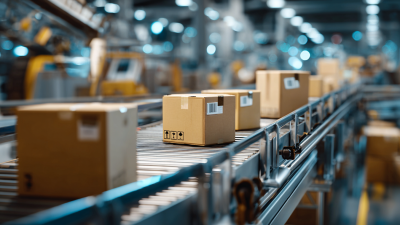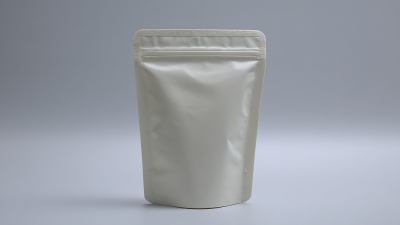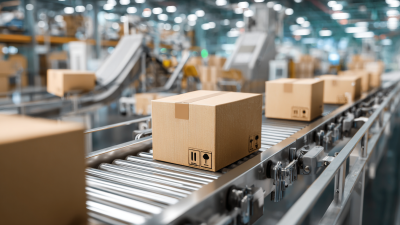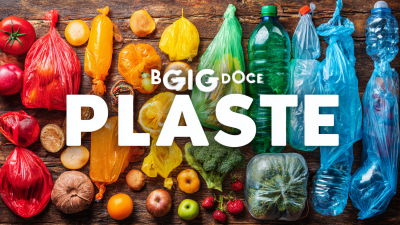- Phone:+86 15218629499
- Phone: +86 15766990063
- E-mail: Yzprinting01@163.com
The global packaging industry is undergoing a significant transformation, driven by innovation and sustainability, as showcased at the 2025 China Import and Export Fair. As reported by Smithers PIRA, the global packaging market is projected to reach $1 trillion by 2027, with a CAGR of 3.5%. This growth is largely attributed to increasing consumer demand for sustainable solutions and advanced packaging technologies. The Fair serves as a vital platform for industry leaders to present cutting-edge packaging solutions that align with evolving market trends and regulatory requirements. Notably, significant advancements in materials science and digital printing are revolutionizing product packaging, enhancing both functionality and aesthetic appeal. As businesses worldwide focus on minimizing their environmental footprint, the paradigm shift towards eco-friendly packaging is set to reshape the global packaging landscape, making events like the China Import and Export Fair crucial for stakeholders to explore innovative trends and seize new opportunities.
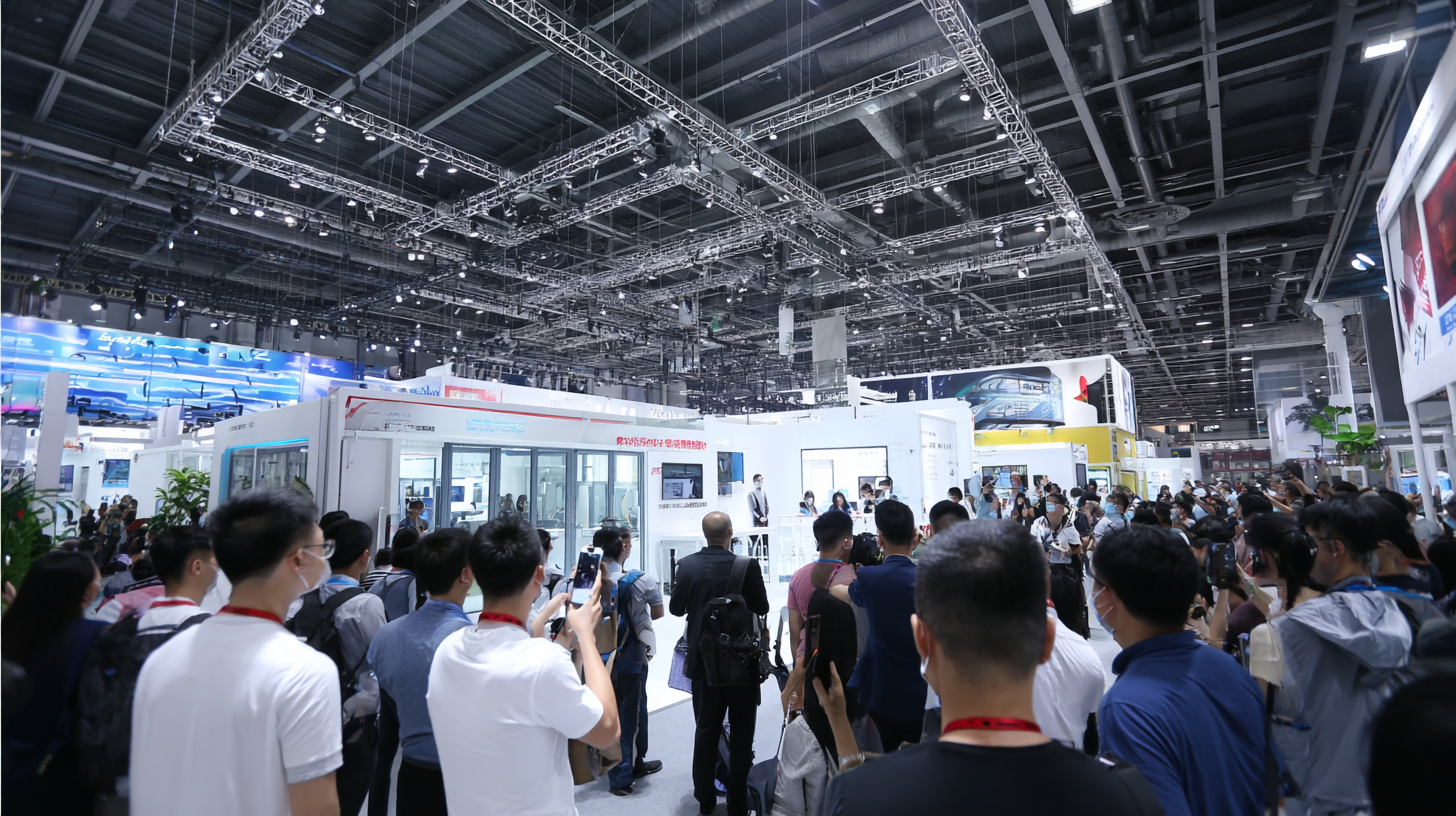
The shift towards sustainable packaging materials has gained significant momentum, reflecting changing global consumer sentiments. Research indicates that 75% of consumers are willing to pay more for sustainable packaging, underscoring the demand for eco-friendly alternatives. The push for sustainable and biodegradable polymers is crucial as non-biodegradable plastic waste continues to pose severe environmental challenges. Industries are increasingly focusing on materials such as paper, wood fiber, and cellulose nanoparticles to meet the rising expectations for environmentally responsible solutions.
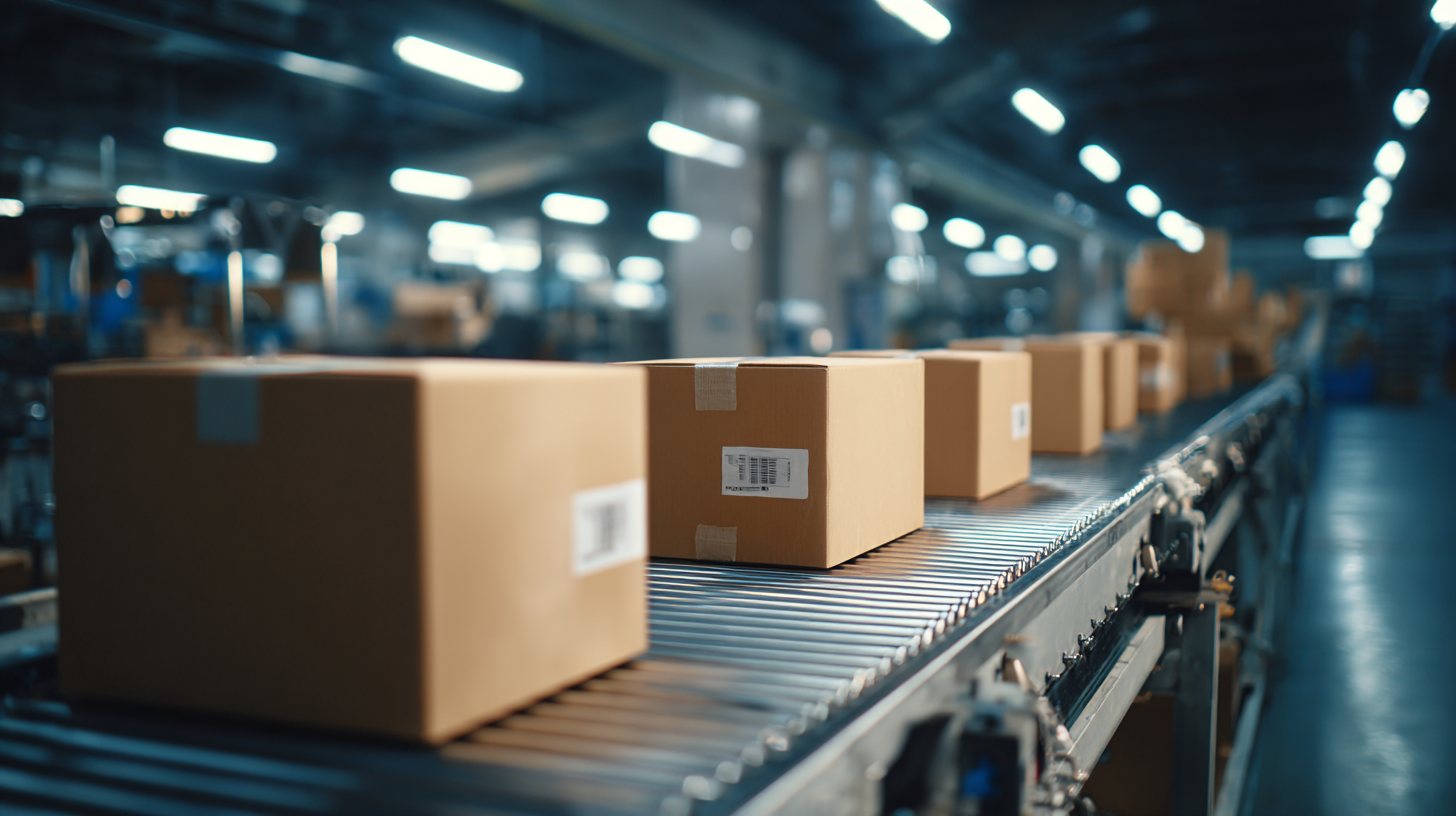
Innovations in packaging, particularly in the food sector, are evolving to address both sustainability and consumer convenience. Companies are re-evaluating their business models to prioritize sustainable packaging that aligns with consumer preferences, which vary significantly across different regions. Reports suggest that 60% of consumers are concerned about excessive packaging, prompting brands to implement strategies that not only enhance recyclability but also reduce overall environmental impact. By leveraging a holistic approach that considers the entire life cycle of packaging materials, companies can create effective and sustainable solutions that resonate with an increasingly environmentally-conscious customer base.
The 2025 China Import and Export Fair is set to showcase groundbreaking technological innovations that are transforming packaging designs and functionality. As sustainability becomes a pressing global concern, companies are increasingly adopting biodegradable materials and smart packaging solutions. These advancements not only reduce environmental impact but also enhance user experience by offering features like freshness indicators and interactive labels that engage consumers.
Moreover, the integration of Internet of Things (IoT) technology into packaging is revolutionizing how products are tracked and managed throughout the supply chain. Smart packaging equipped with sensors can monitor temperature, humidity, and even tampering, providing real-time data to both manufacturers and consumers. This not only improves product safety but also allows for better inventory management and reduced waste. As the industry moves towards greater customization, innovative printing techniques and augmented reality features are enabling brands to create unique packaging that resonates with consumers, ultimately driving sales and brand loyalty.
| Trend | Technology Used | Functionality | Environmental Impact | Market Adoption Rate |
|---|---|---|---|---|
| Smart Packaging | IoT Sensors | Real-time tracking and freshness indicators | Reduced food waste | 30% |
| Sustainable Materials | Biodegradable plastics | Enhanced recyclability | Lower carbon footprint | 40% |
| Lightweight Packaging | Advanced composite materials | Reduced shipping costs | Energy savings in transportation | 25% |
| Personalized Packaging | Digital printing technology | Tailored customer experiences | Increased consumer engagement | 35% |
| Reusable Packaging | Returnable containers | Supports circular economy | Minimizes single-use waste | 20% |
The 2025 China Import and Export Fair has emerged as a pivotal platform showcasing the latest innovative trends in global packaging, particularly influenced by evolving consumer demands. Reports indicate that 74% of consumers believe that packaging design affects their purchasing decisions significantly. This statistic underscores the necessity for brands to prioritize both aesthetics and usability in their packaging strategies. As sustainability becomes increasingly paramount, there is a marked shift towards eco-friendly materials, with a staggering 60% of consumers expressing a preference for brands that utilize sustainable packaging.
In addition to sustainability, functionality plays a crucial role in consumer preferences. Studies suggest that 68% of consumers are more likely to choose products with packaging that enhances usability, such as resealable features or easy-to-open designs. As a result, companies are innovating packaging solutions that not only reflect contemporary design trends but also cater to the practical needs of consumers. The integration of smart technology, such as QR codes and augmented reality, further enhances user experience, allowing for greater interaction and engagement. This blend of aesthetic appeal and practical functionality is set to redefine packaging norms, making the 2025 Fair an essential barometer for the future of packaging in the global market.
At the 2025 China Import and Export Fair, the spotlight is on innovative packaging solutions that aim to reduce waste and enhance sustainability in international trade. As businesses increasingly recognize their environmental impact, they are prioritizing strategies that not only appeal to eco-conscious consumers but also comply with tighter regulations. By embracing biodegradable materials, recyclable packaging designs, and minimalistic approaches, companies can significantly lessen their carbon footprint while maintaining product integrity.
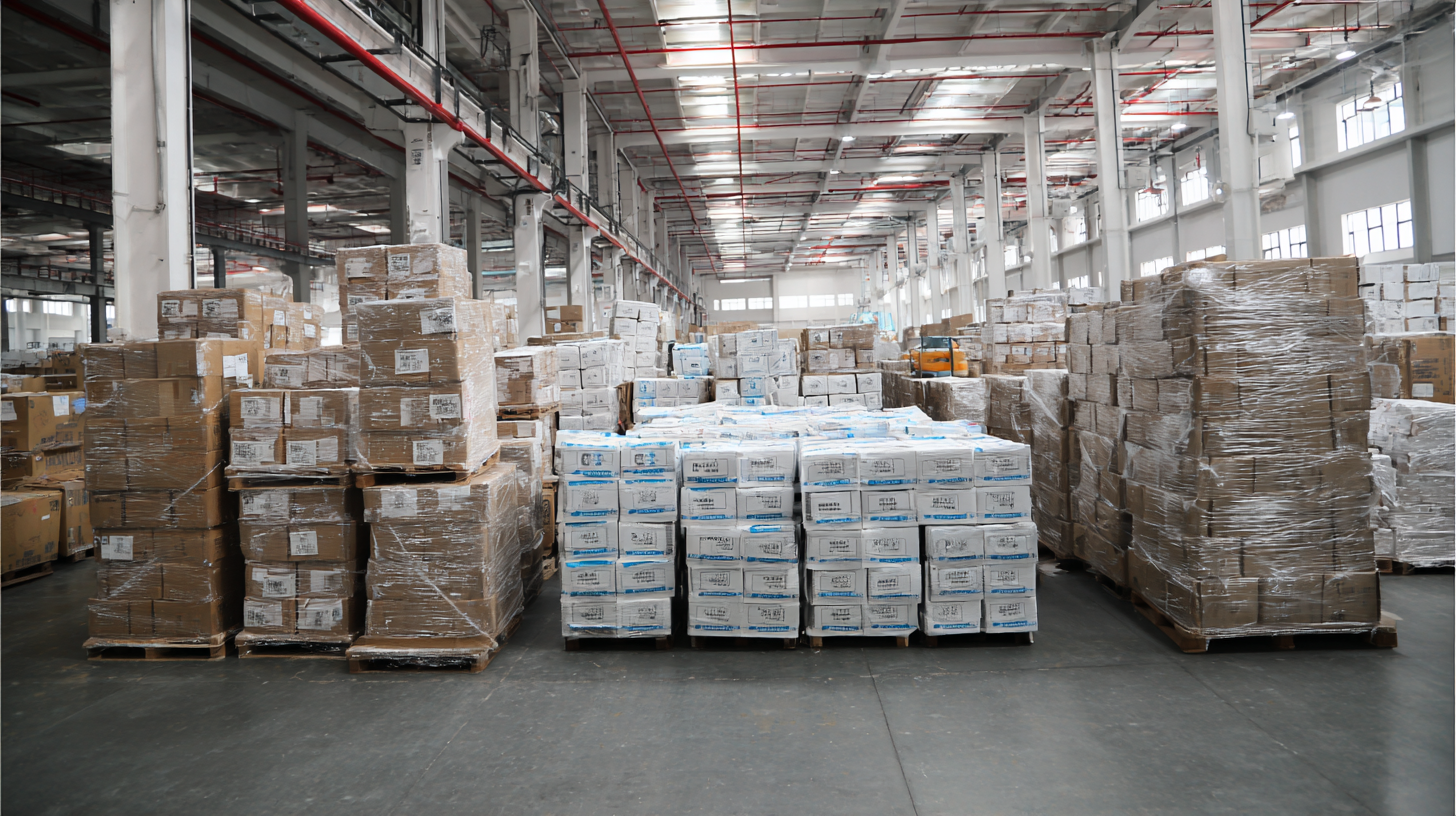
Tips for Reducing Packaging Waste:
By adopting these strategies, businesses can take significant strides towards minimizing packaging waste while effectively participating in the global marketplace.
The role of smart packaging in enhancing supply chain transparency is becoming increasingly vital as global demand for faster and more efficient logistics grows. With advancements in Internet of Things (IoT) technologies, packaging is transforming into a connected entity that not only protects products but also communicates vital information along the supply chain. The connected packaging market is projected to reach USD 83.02 billion by 2034, reflecting a significant growth trend from its current valuation of USD 50.41 billion in 2025. This shift is largely driven by the integration of blockchain technology, which helps ensure product authenticity and traceability, critical factors in maintaining consumer trust.
Tips: When considering smart packaging solutions, companies should assess the specific needs of their product lines, including shelf life requirements and compliance with industry regulations. Investing in AI-driven analytics can also provide valuable insights into consumer behavior, further enhancing supply chain efficiency.
Moreover, the link between smart packaging and sustainability initiatives cannot be overlooked. As highlighted in recent reviews, innovations in this space are pivotal for resource optimization within food supply chains. The global smart packaging market is expected to grow from USD 26.22 billion in 2025 to USD 42.81 billion by 2033, reflecting a compound annual growth rate of 6.32%. This trajectory not only promises improved product quality and safety but also aligns with broader sustainability goals, demonstrating that smart packaging is essential for both operational efficiency and environmental responsibility.
This chart illustrates the distribution of various innovative packaging trends showcased at the 2025 China Import and Export Fair, highlighting the role of smart packaging in enhancing supply chain transparency.
